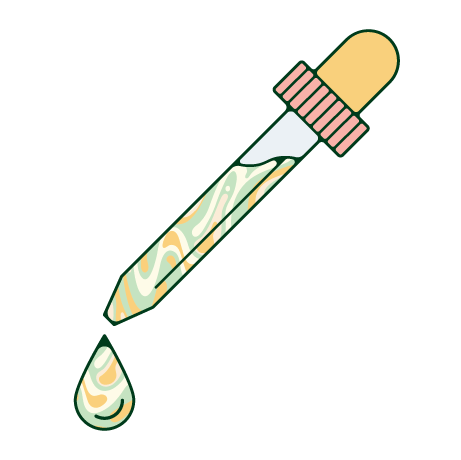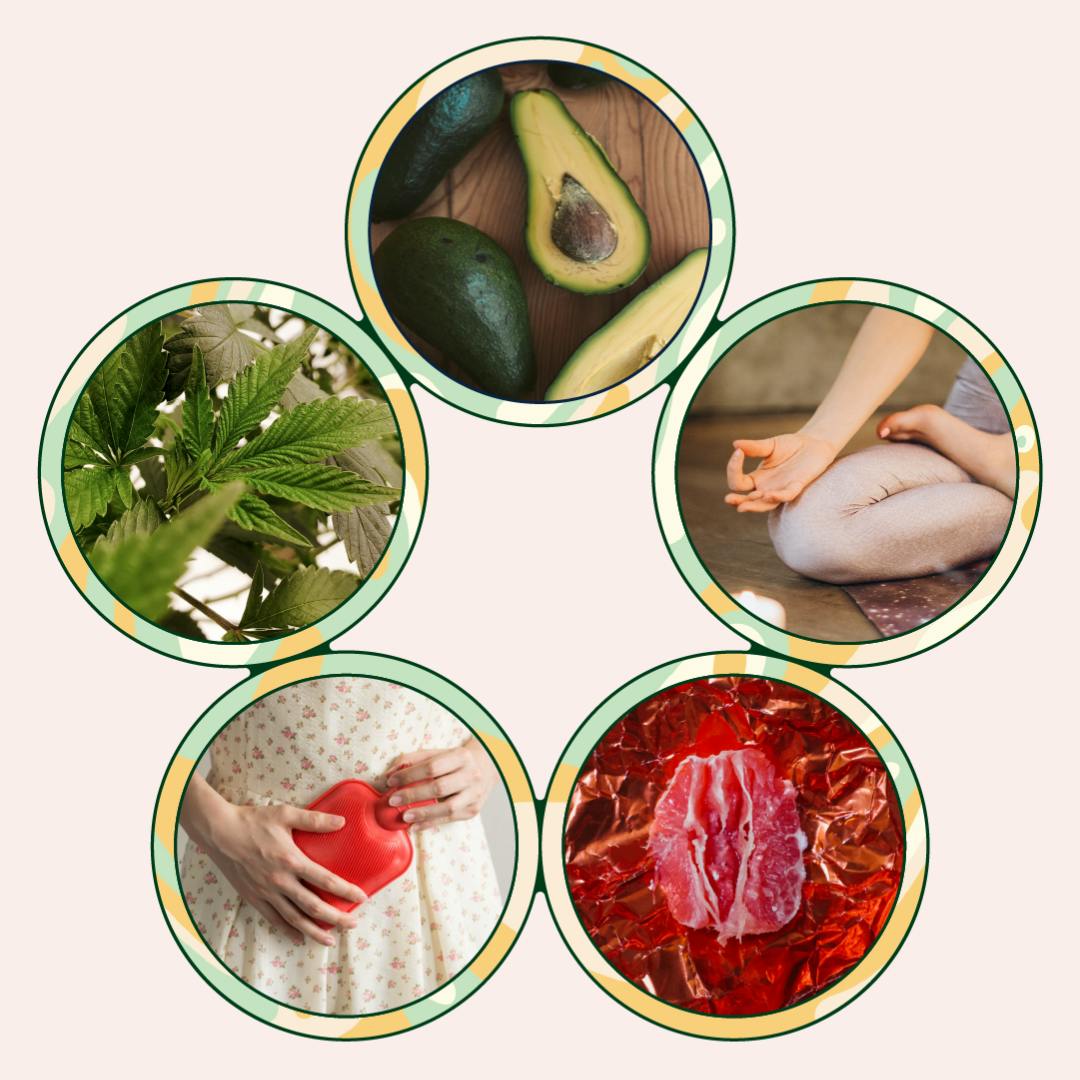Medically reviewed by Sarah Montagu (NPs, SRH). Sarah is a highly qualified sexual and reproductive health nurse with 15+ years of experience.
Illustrated by Erin Rommel, Sabrina Bezerra and Ralitza Nikolova
Severe period cramps are a monthly source of dread in my menstrual cycle. They’re known as dysmenorrhea; and I really, really hate them. Like, with a vengeance. If I’ve got a wedding, a major day at work or a difficult task ahead of me and I realise said event will fall on the first day of my period, I feel a leaden sense of foreboding drop into my stomach at the thought of having to get through it while battling (what I know will be) excruciating cramps.
How can we reduce the cramps, then? That’s the question. NSAIDs such as Ibuprofen are often a lifesaver for me – they eliminate the cramps, allowing me to stop moaning or even crying in pain and get on with my day – and I know that’s true for plenty of others.
But if you prefer to opt for natural remedies, when you can, for painful periods (which I often do) – whether that’s because you don’t want to have to keep forking out for medication or simply don’t like taking it – there’s every chance those lifestyle changes to reduce period pain could be highly effective.
“
High cortisol causes inflammation that can make cramps worse.
“Lifestyle modifications [as a means of reducing period cramps] help because they help to support estrogen detoxification and keep the stress hormone, cortisol, at a manageable level,” says Tara Scott, MD, FACOG, ABAARM, ABOIHM, CNMP: Medical Director at Forum Health Akron. “High cortisol causes inflammation that can make cramps worse.”
Ultimately, you should always feel able to take an NSAID or other form of medical pain relief if it works for you, and if it’s safe for you to do so. But one benefit of trialling and testing natural period pain relief instead of opting for medication is that, in so doing, you might – might – discover the root of your pain (assuming there is one).
“Traditional interventions are birth control pills or anti-inflammatory medications,” says Scott. “While these do help cramps, they do not treat the root cause but rather help the symptoms only. Looking for the root cause (hormone imbalance, endometriosis) and trying to reduce that may reduce or eliminate cramps.”
So, without further ado: here are five natural remedies for period pain that might help reduce your period cramps.
Diet changes
Giulietta Durante is a menstrual cycle nutritionist. “Period pain is caused by the increase in release of inflammatory chemicals known as prostaglandins, so reducing our intake of inflammatory foods can be very helpful,” she says, pointing out that inflammatory foods include:
- Sugar
- Processed foods
- Alcohol
“If your diet is already pretty clean I would really recommend you think about the types of oils you are eating on a regular basis, as many of them can be inflammatory,” Durante continues. ‘This includes vegetable oil, sunflower oil, canola oil, etc.”
Durante adds that healthy anti-inflammatory oils to include in your diet are:
- Olive oil
- Avocado oil
- Coconut oil
- Ghee
- Omega 3s from oily fish: “This last one is particularly anti-inflammatory,” Durante adds.
“Fish oil has [...] been shown to reduce menstrual pain when dosed daily throughout the entire cycle,” agrees Dr. Carly King, Naturopathic Doctor. “Omega 3 fatty acids help to reduce [the] inflammatory prostaglandins that are produced in the uterine lining and which cause the muscles and blood vessels of the uterus to contract.”
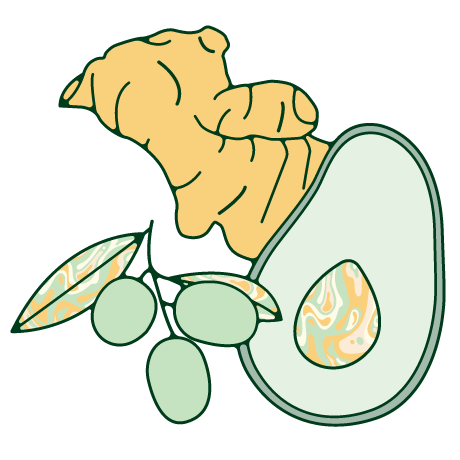
Exercising and yoga
You’ve most likely heard exercise mentioned in conjunction with reducing period pain before – maybe even via this Daye article, which explores the various restorative yoga poses that can help with period pain – but have you ever learned why exercise helps, or the various types of exercise that can be most beneficial for period cramps?
“Exercising will make you feel better because aerobic workouts produce natural chemicals within the body that block pain,” says Monte Swarup, MD, FACOG, board-certified OB-GYN in Chandler, Arizona and founder of vaginal health information site, Vaginal Health Hub.
“Whilst exercising, your body releases endorphins, a feel-good chemical that interacts with your brain to give you a natural high,” adds Abbie Watkins: a PT at OriGym.
And now to the ‘what’. Watkins has offered up some exercise options to try, if you’re experiencing painful or uncomfortable period symptoms:
- Light cardio. “Light and shorter bursts of cardio are perfect exercises to maintain during your cycle,” says Watkins. “Light aerobic activities such as swimming or walking are both good choices, they will give you an endorphin boost and get the blood pumping.”
- Strength training. “If cardio feels too much at the start of your period, strength training could be a great option as it increases the blood flow throughout your body,” Watkins continues. “Try to keep the volume and reps low to avoid any further muscle problems, however, you may choose to up your level towards the end of your period when you start to feel more energised.”
- Yoga and Pilates. “The days ahead of your period are a great time to try low-intensity exercises like yoga or Pilates,” Watkins concludes. “During this point, you may be experiencing low energy and muscular fatigue, so trying yoga can help you relax and reduce symptoms.”
And Swarup adds, too, that: “Relaxation such as yoga and meditation [...] help make coping with pain easier”.
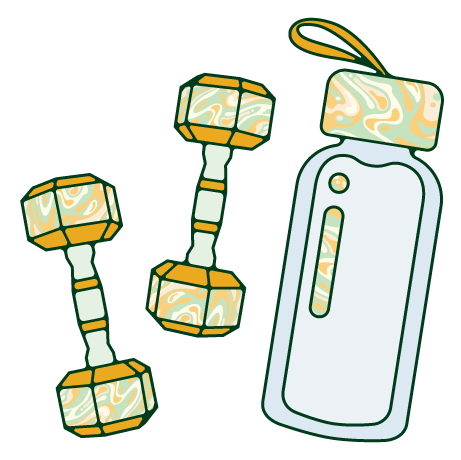
Orgasms
If you’re looking to reduce those toe-curling cramps, one viable option could be to look to the bedroom; where you can make your toes curl in a very different (far more pleasurable) way.
“It might sound surprising, but orgasms and period sex can both help with period pain,” says Durante. “When we orgasm, we release mood-enhancing chemicals like dopamine, serotonin and endorphins which can really help to lower our perception of pain. And that’s not all: when we orgasm, we also release oxytocin – the hormone of connection and love – which can also help to reduce pain. Oxytocin is also great for calming down other menstrual symptoms, like headaches, so it’s a real winner at this time.”
If you struggle to reach orgasm, though – or if you’re on the receiving end of the orgasm gap – firstly, you’re not alone! And secondly, that doesn’t mean your period pain can’t still be reduced through sexual activity. “Even if you don’t reach orgasm, the very act of having sex during your period can also help to relax and soothe your muscles, which can sometimes reduce cramping,” Durante explains.
Sex as a means of soothing cramps; ample benefits of period sex; who knew?
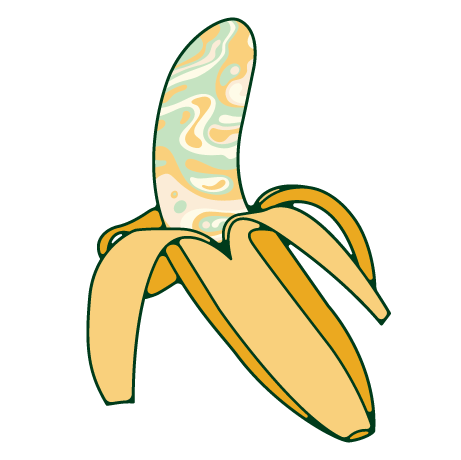
Applying heat
How many times have you curled up with a hot water bottle while suffering from period cramps, desperately hoping it’ll work its often-touted magic and bring those cramps down to a manageable (or non-existent) level?
I know I’ve done this; the first place I look each month is to the shelf where I keep my hot water bottle, ready and waiting for the next time I’m doubled over in pain.
But, as with so many other remedies: do any of us know why we’re looking to these sources of heat, warmth and relaxation each month?
For starters, we’re right to do it. “[A] heating pad or a warm bath can be soothing for pain,” Swarup confirms. So far, so good.
“Applying heat is [...] a really easy way to support period pain,” Durante agrees. “Applying a hot water bottle or compress increases blood flow to the area and relaxes the uterine muscles by increasing oxygen flow which can bring quick relief. You can even add a few drops of CBD oil to your tummy and then add a hot compress as that will enhance the effects of the CBD.”
On which note…
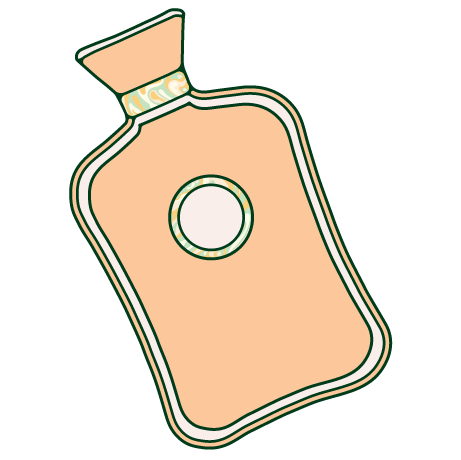
CBD
If you’re familiar with our work here at Daye, you’ll know how much we respect the powers of CBD when it comes to pain relief: to the point where we’ve actually worked it into some of our tampons. But there’s a reason for our choice to include localised CBD in our period products; CBD has the potential to do wonders as a form of pain relief.
“CBD can be very helpful for period pain as it is a natural anti-inflammatory,” explains Durante. “If you have been struggling with period pain for a while, you could start by taking a daily dose of CBD for a month or two so that its anti-inflammatory effects build up slowly. You can also use it when period pain hits by both taking it internally and rubbing some very gently on your abdomen as it absorbs brilliantly via the skin.” Of course, nothing is guaranteed and it’s always worth talking things through with your doctor if you’re concerned. But if you are struggling with dysmenorrhea and have had the medical all-clear, CBD could be worth a go.
When it comes to Daye’s CBD tampons, it’s worth noting we use cannabinoids produced to pharmaceutical-grade standards. These tampons won’t get you high; and our exclusive CBD supplier owns the entirety of their supply chain, meaning they have a colossal level of quality control.
Plus, the reviews speak for themselves. Take Dayna McAlpine writing for Metro, for example. “It was as though my period pains just vanished into the abyss and wearing the tampon itself was almost unnoticeable with zero irritation – a first for me in my 16 years of menstrual bleeding,” McAlpine wrote. “Consider me a fully fledged CBD tampon convert.”
Ultimately, of course, if you’re at all concerned by your period pains – or by anything that seems out of the ordinary – you should always speak to your doctor first and foremost.
